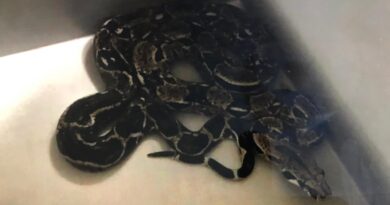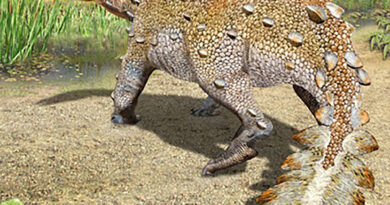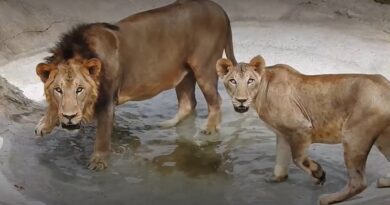Finnish Astrophotographer Unveils Secrets That Helped Him With 12-Year Project To Photograph Milky Way In Incredible Detail
A Finnish artist who 25 years ago turned his camera skywards has completed an unprecedented image of the Milky Way that took 12 years to make and includes millions of celestial objects.
Jukka-Pekka Metsavainio, who goes by the simpler moniker of J-P, is one of only a handful of people who have captured photons that have travelled perhaps millions of years through the vacuum of space to document astronomic views with such clarity and dedication to perfection and detail.
The practice is so rare there is not even an official name for it so J-P calls himself an astronomical nature photographer.
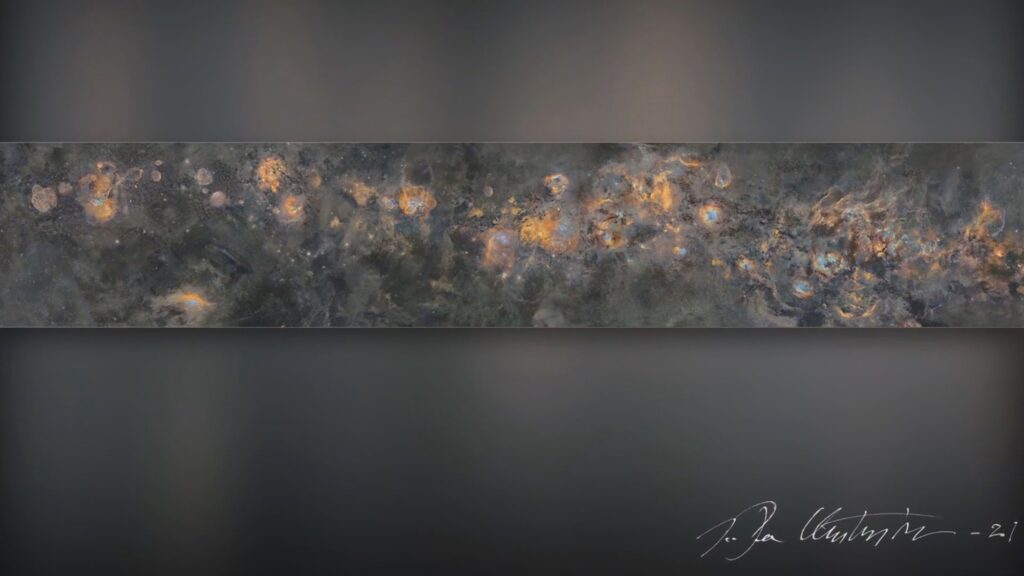
This, the 57-year-old says, highlights the fact that the un-earthly realms he deals with are just as much a part of nature as those closer to home.
He is based in Finland’s North Ostrobothnia region, just 150 kilometres below the Arctic Circle, in the city of Oulu – which is perhaps most famous for hosting the annual Air Guitar World Championships.
J-P says the location does add some difficulties to his job and he told Real Press in an exclusive interview: “It means that for half a year I cannot do my imaging because there is no night.
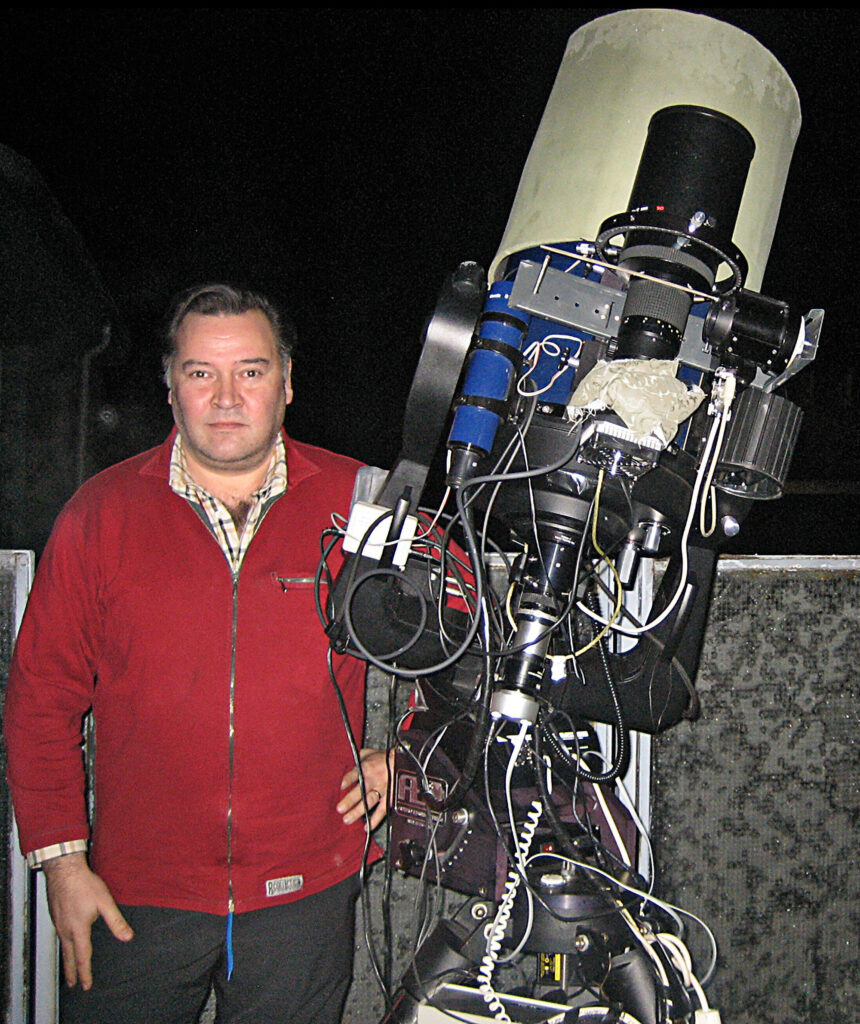
“But the other half of the year is very dark, and in my profession that is very good as I can start my imaging at four o’clock in the afternoon and end at after eight o’clock the next day.”
It is also freezing cold in Oulu, which means J-P cannot be in his outdoor observatory when he is photographing as his body heat is so different from the ambient temperature of the equipment it will affect the imaging process.
An astronomical camera, he explains, is much more sensitive and has four times more resolution than consumer cameras, so to combat this, he controls the observatory equipment from a computer in the comfort and warmth of his home.
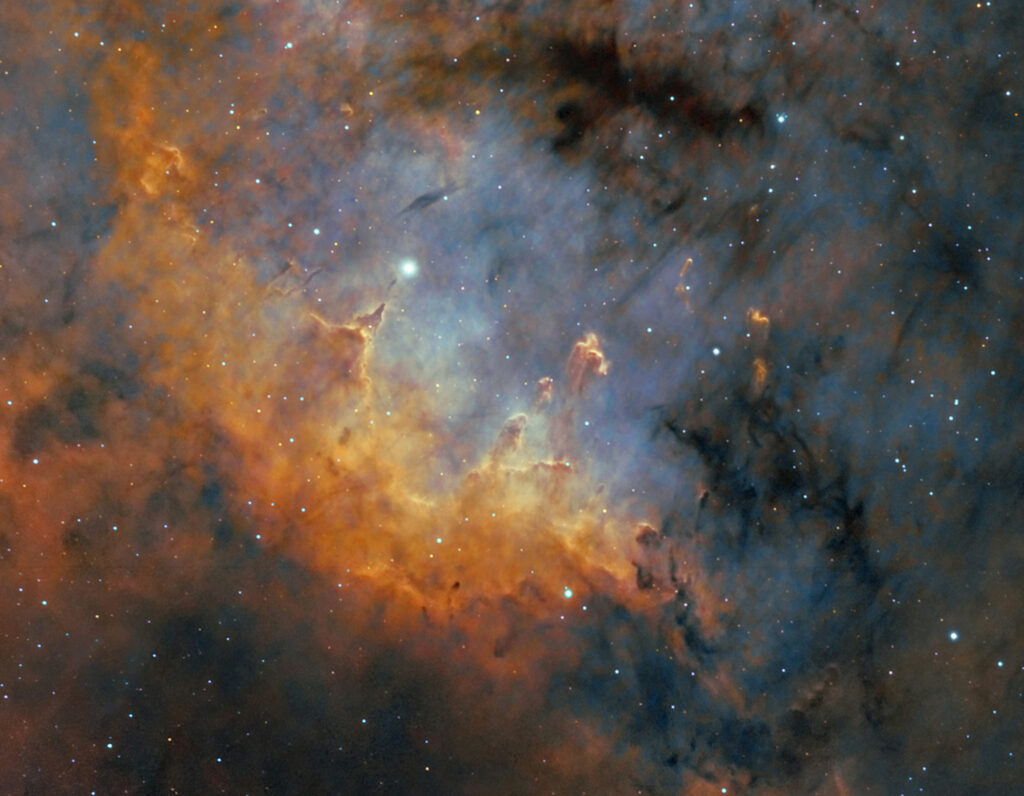
J-P explains: “It’s quite a learning curve in this field because you cannot actually study it anywhere. I have a passion, and that’s what you need.”
And his 12-year Milky Way project is a perfect example of this passion he says: “Everything is planned because when I start photographing a project like this you can’t change anything, you have to cancel the whole project and start all over again if you want to change something.
“I have shot interesting targets with short-term plans and made them individual art works,” he explains. “But I am always keeping in the back of my head the long-term plan as these serve that purpose too.”
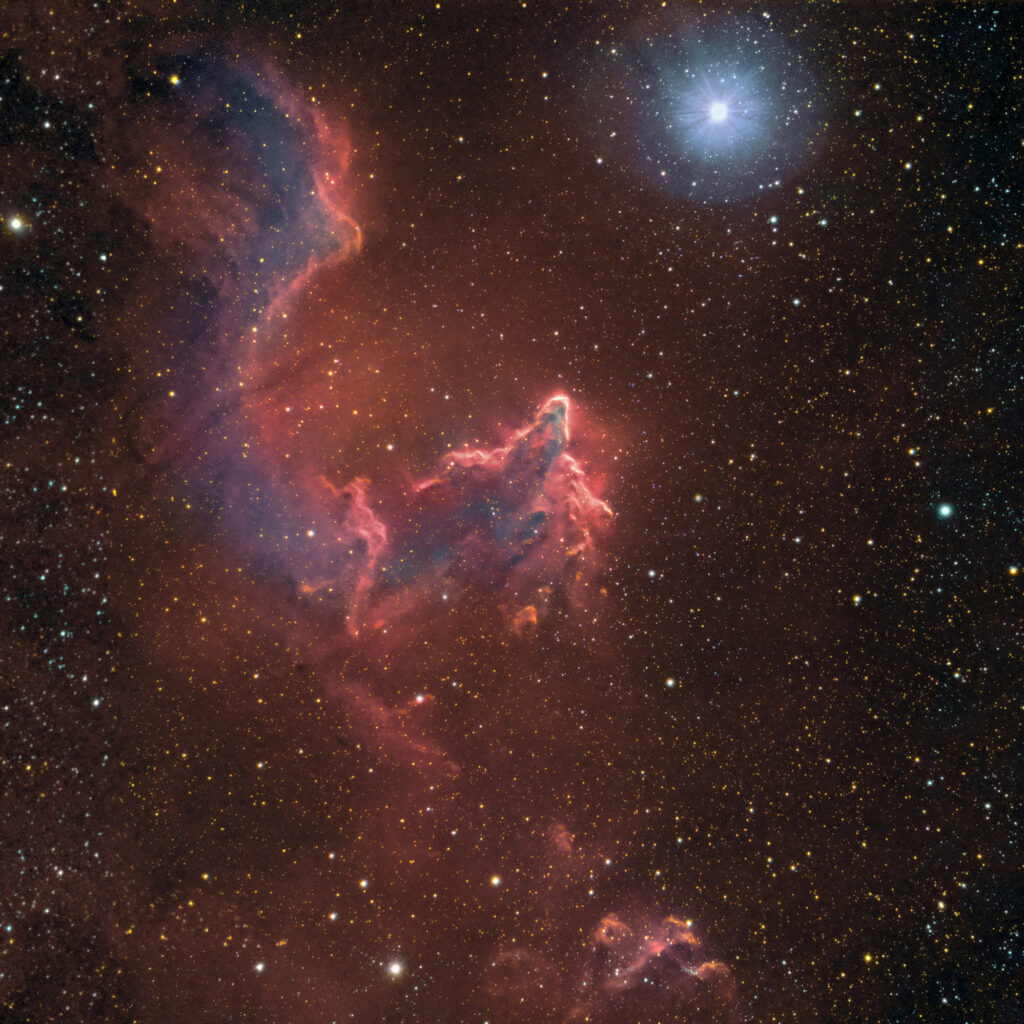
Though there are many people interested in astronomic photography, at J-P’s level there are just a handful. “I have practically met them all,” he says.
The former graphic artist first felt the call for astronomic photography about 25 years ago when his wife’s interest in astronomy piqued his own curiosity for the artistic aspect of it.
J-P explains: “I bought her a small telescope for Christmas and we went a little outside of the city and set up the system.
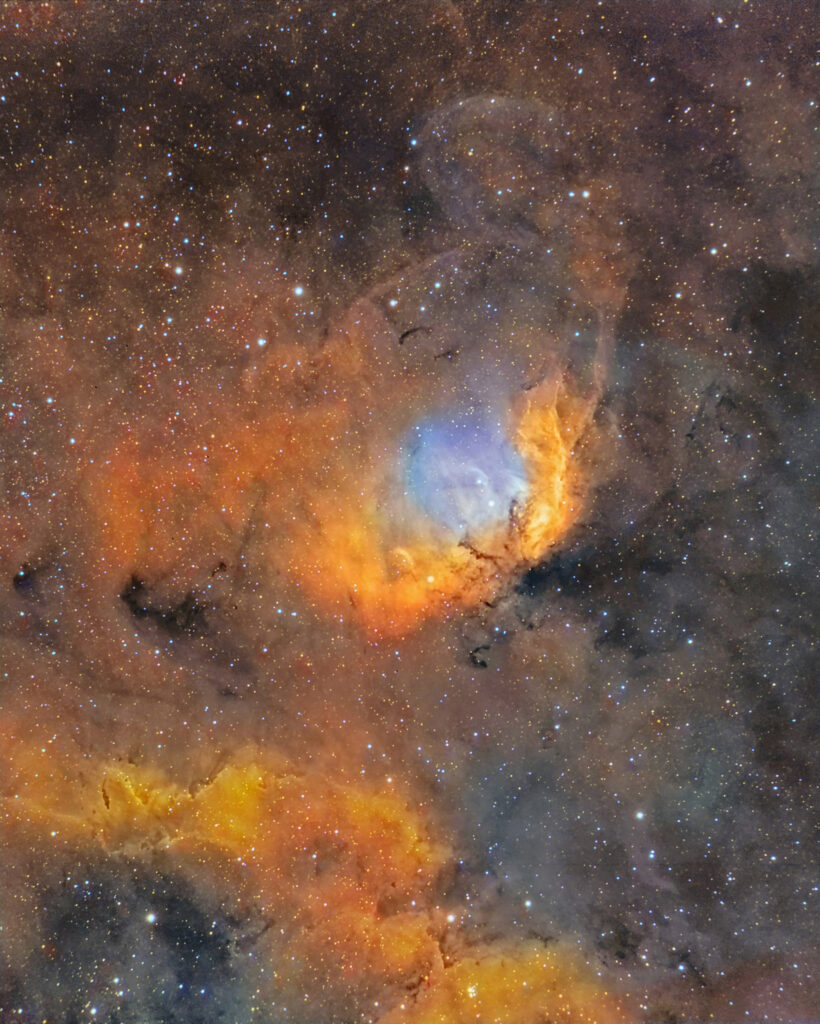
“That was the first time I saw a pale dot in the sky, a very pale-yellow dot that we thought was a star, and we aimed at that. It turned out to be Saturn.
“That pale dot suddenly turned to a whole new world. It was just hanging there and we saw the rings and stripes and moons. Seeing it yourself, really there, it was an amazing experience and as a visual artist I suddenly wanted to recreate that feeling.”
For now, J-P’s Milky Way mosaic represents his biggest project since he caught the astrophotography bug and this one complete image contains 234 individual pictures within it.
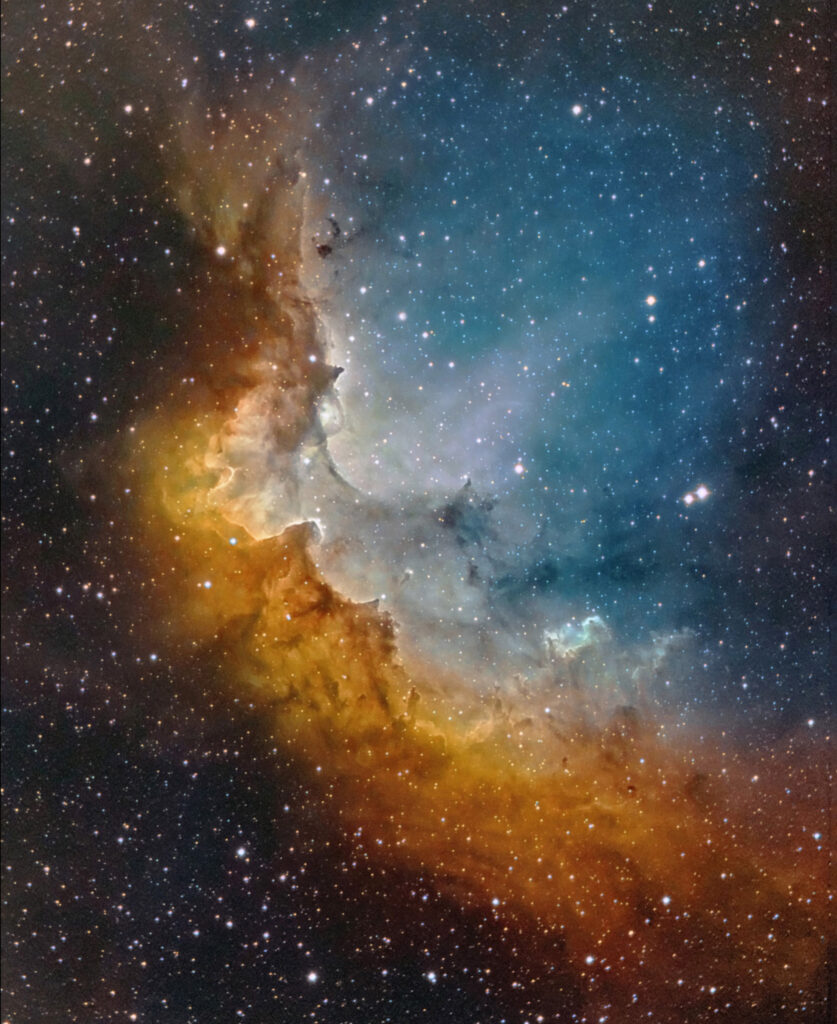
It contains many objects that never before been photographed, and this has created some added scientific interest in it.
He says the brightness of each element within it is very relative: “When you talk about deep sky imaging, the bright ones are not actually very bright. Not a single nebula that you can see in this picture is visible to the naked eye and just a few of the stars.
“There is about 20 million stars visible in my picture and they are all in our home galaxy, but there are even more stars that are not visible because they are too dim.”
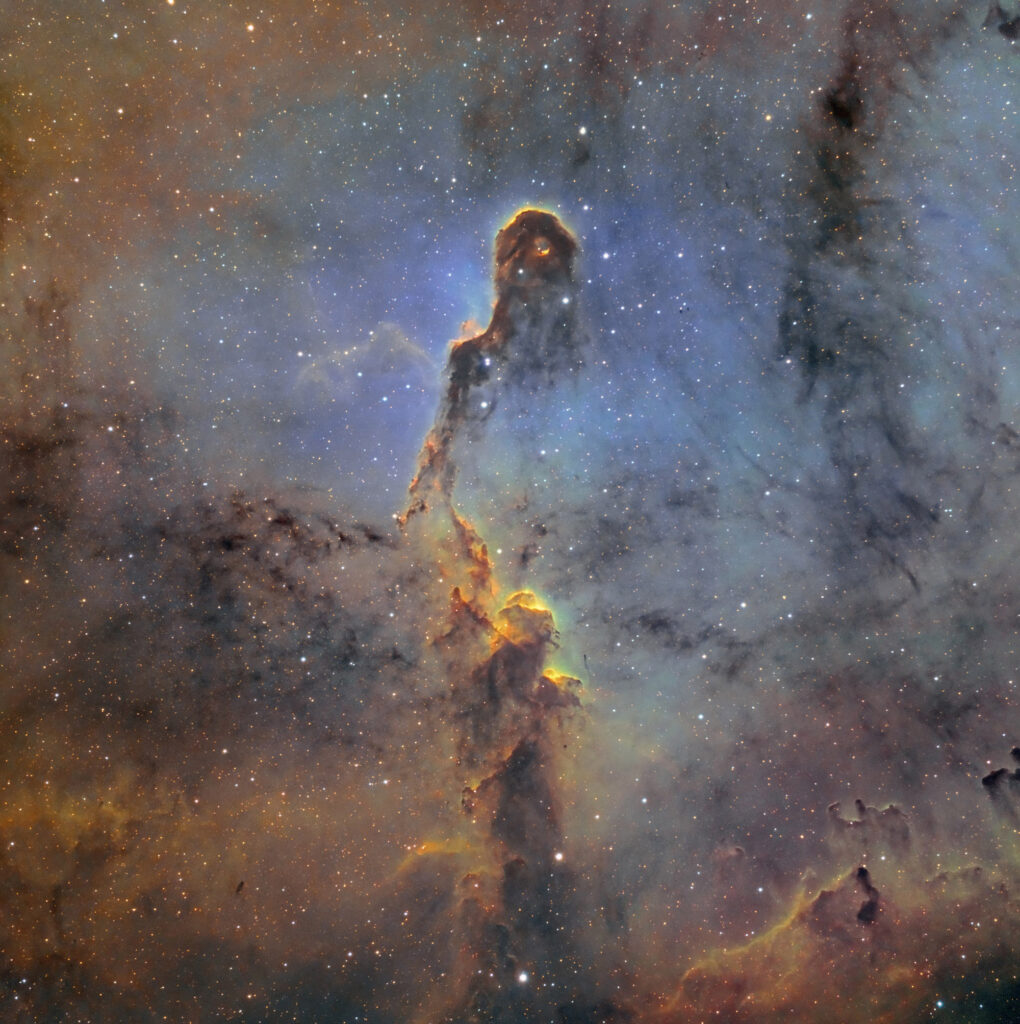
He estimates that the number of objects that are in the range of his picture but not actually visible could number in the billions: “Most of the stars have planets. And then there are an amazing amount of background galaxies that are only dot-like to even the world’s largest telescopes.”
Being only one of the few people doing astronomic photography at his level has forced J-P to be creative in the construction of his equipment at times.
Once when he asked an online discussion group how he might be able to connect a certain lens to his camera the answer came back that it was impossible. But undeterred, J-P took to his delicate lens with an angle grinder and managed to pair the two.
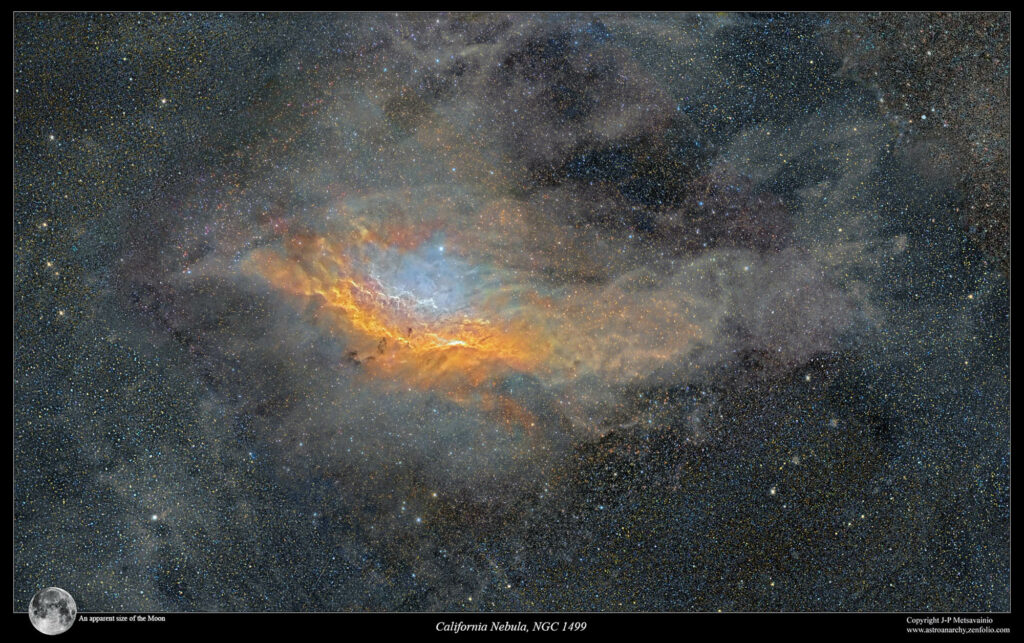
This is the way, he says, that high level astronomical photographers must solve problems when there are no commercially available setups that are perfect for all the tasks one might wish for.
“But now my camera system is really good,” he adds. “I like it a lot and I really want to do some more wonderful things with it. But I have time. My targets are not running away.
“Everything you see in this huge panoramic picture are caught in a moment, but they are dynamic things.”
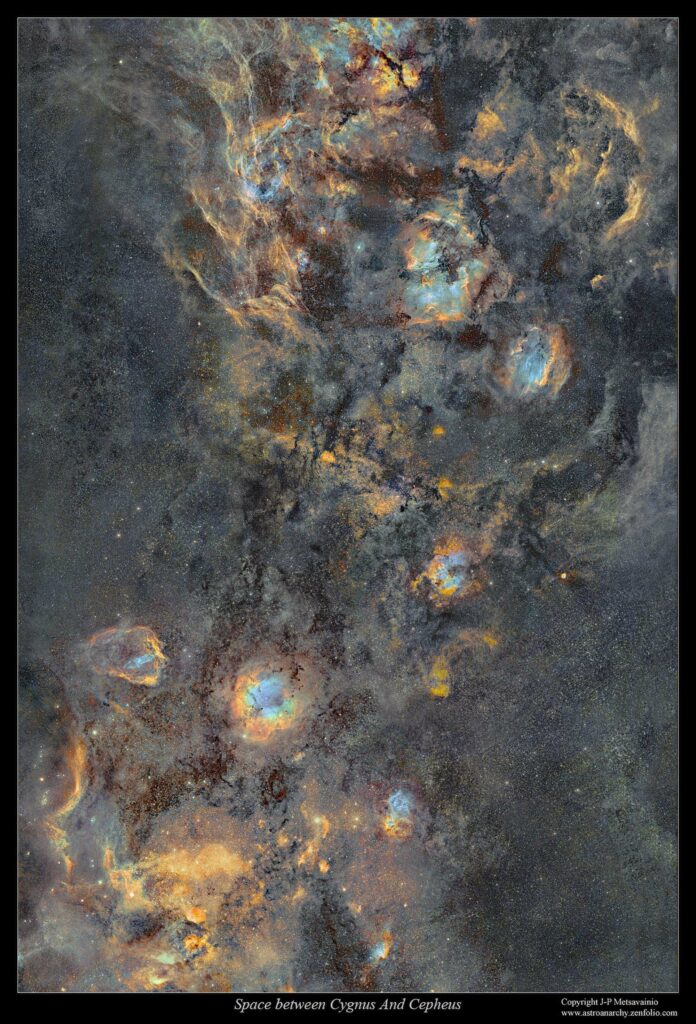
He explains that some of his favourite cosmic objects expand at over two thousand kilometres per second (1,243 miles), but despite this, if he took the same photo again in a hundred years, they would probably look the same because they are over 100 light years away and the image is “frozen by the distance”.
But, J-P adds: “You need to have the nervous system of a cow as there is no rushing this work. It takes time.”
Though J-P would rather put his nebulae in front of a camera than himself, he admits his latest creation has generated a lot of attention.
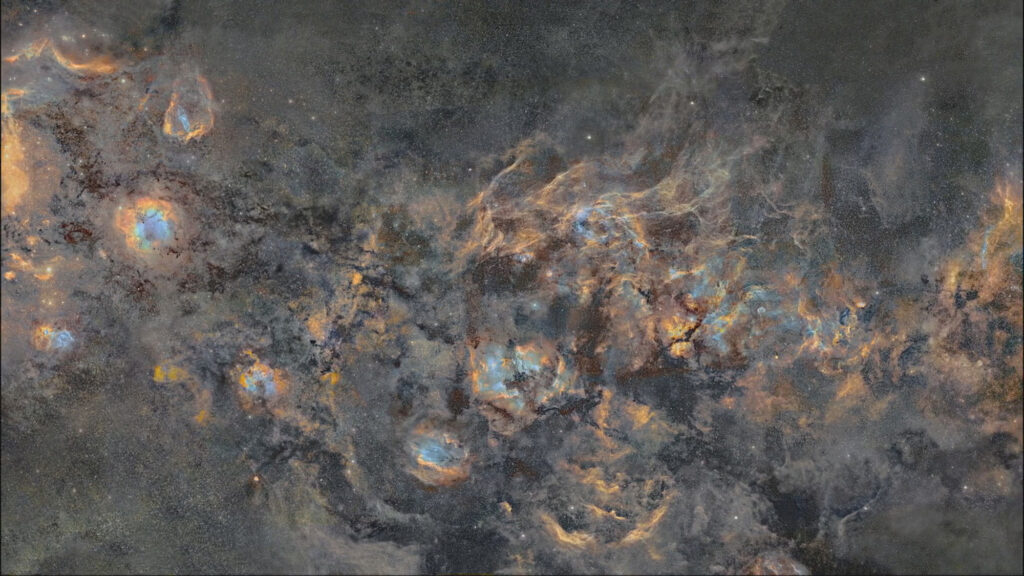
But his work had already gained the attention of high-profile experts, not least the founding member of the rock group, Queen, and renowned astrophysicist, Brian May who J-P collaborated with to produce a book last year.
Brian emailed J-P after the astronomical photographer developed a scientifically correct 3-D conversion method and published some of his first experiments.
“He contacted me about 10 years ago and I didn’t know he was that Brian May. But I replied because he seemed to know about what he was asking, and we started corresponding.”
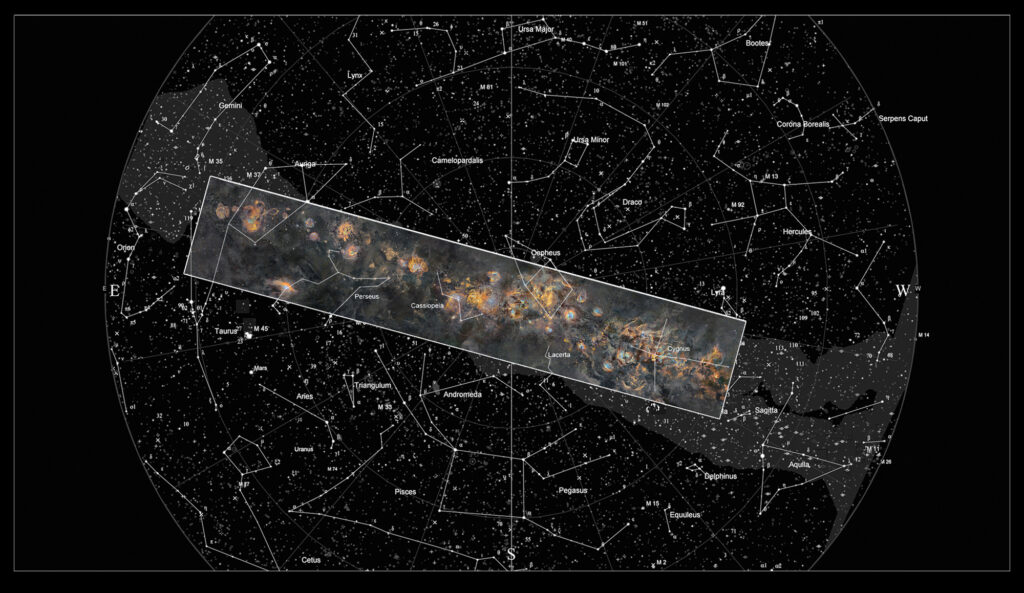
It was later when the conversation began to cover some very scientific aspects that J-P enquired after his new pen pal’s experience, and Brian revealed, not only his vast astrophysics credentials, but also his former musical accomplishments.
“We have been connecting quite regularly and a few years ago he asked if I was interested in making a book with him about my work with nebulae in 3-D.
“It took a couple of years to finalise, and I made hundreds of new stereo images for the book that he published last September. I think it is almost sold out now.”
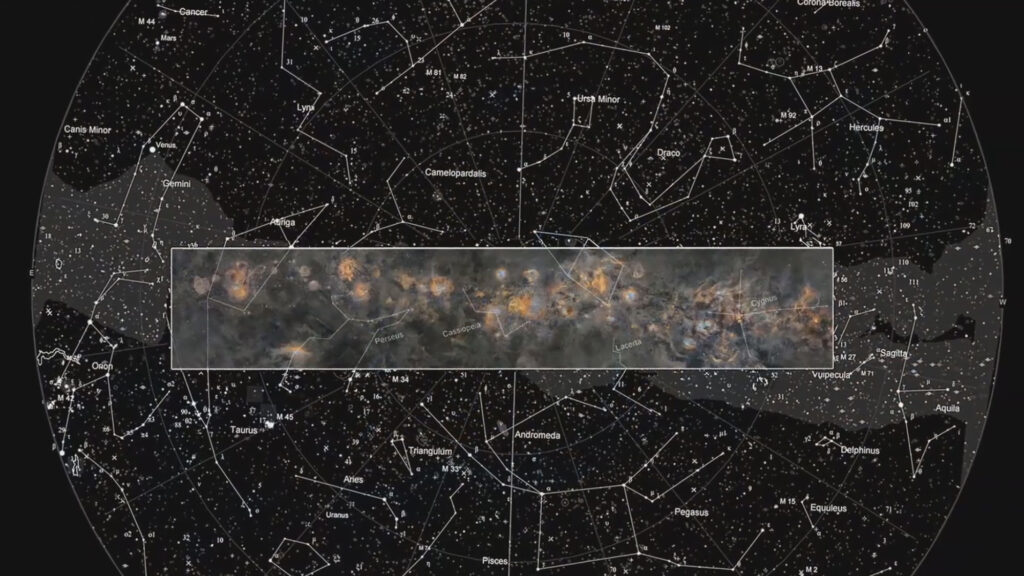
The book, Cosmic Clouds 3-D was published in September 2020 by Brian May’s own publishing house, the London Stereoscopic Company.
But, for J-P, the Milky Way mosaic remains a work in progress and the artist has plans to add to its complex field of view.
In the meantime, he intends to keep filling that unusual gap between art and science.

J-P says you can’t separate the art from the science in astronomical photography: “You need science and technique to do the art and they have to be in balance. If something is not done right in any of those aspects the result is not good.
“To me it’s all about the art, but my pictures are also used for scientific purposes as well.”
J-P believes the gap between the two can be immense at times and he sometimes feels he is stuck in a no-man’s land: “Those multi billion dollar pieces of equipment that are used for science are controlled by technocrats, who are very important people as they share the time to use those instruments between different places
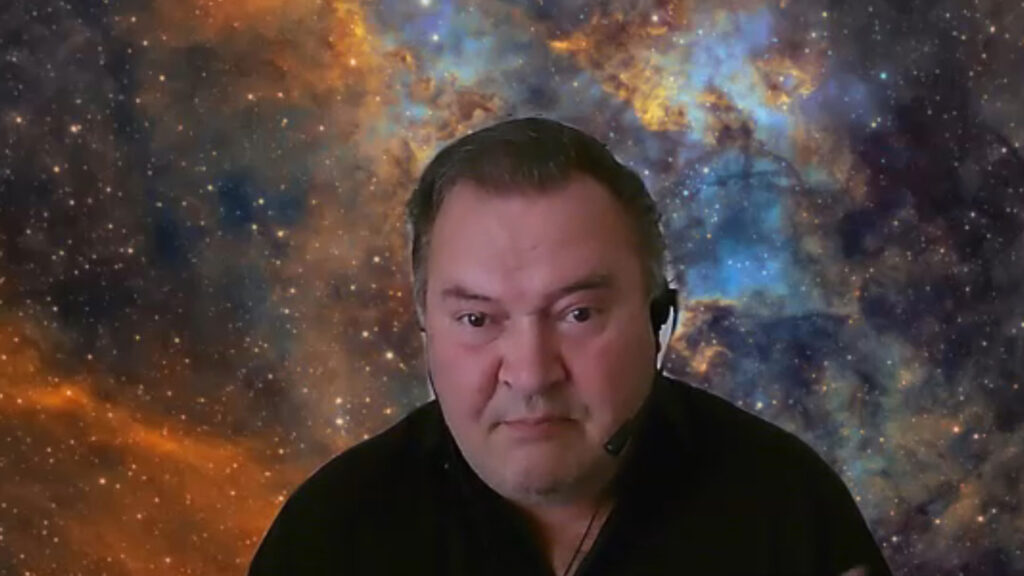
“I can’t see a situation where they would give an instrument that costs a million dollars per hour, even for one day, to use with this purpose to reveal some cosmic beauty and poetry.
“They will never make a picture like this as there is no direct and urgent scientific need for it. That’s my job.”
But J-P remains undeterred, and from his observatory in the air guitar capital of the world he will continue to patch together the components that, in turn, stitch together the images contributing such visual beauty to science.
J-P’s Milky Way mosaic and extra pictures of selected details can be seen in his blog post at https://astroanarchy.blogspot.com/2021/03/gigapixel-mosaic-of-milky-way-1250.html.

